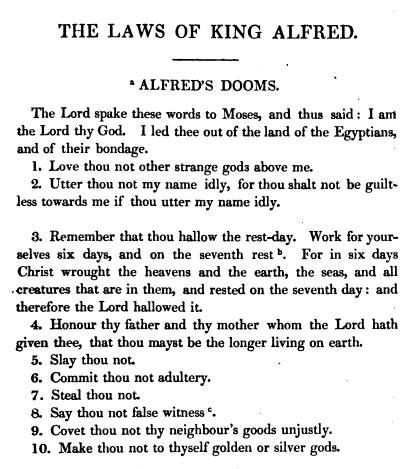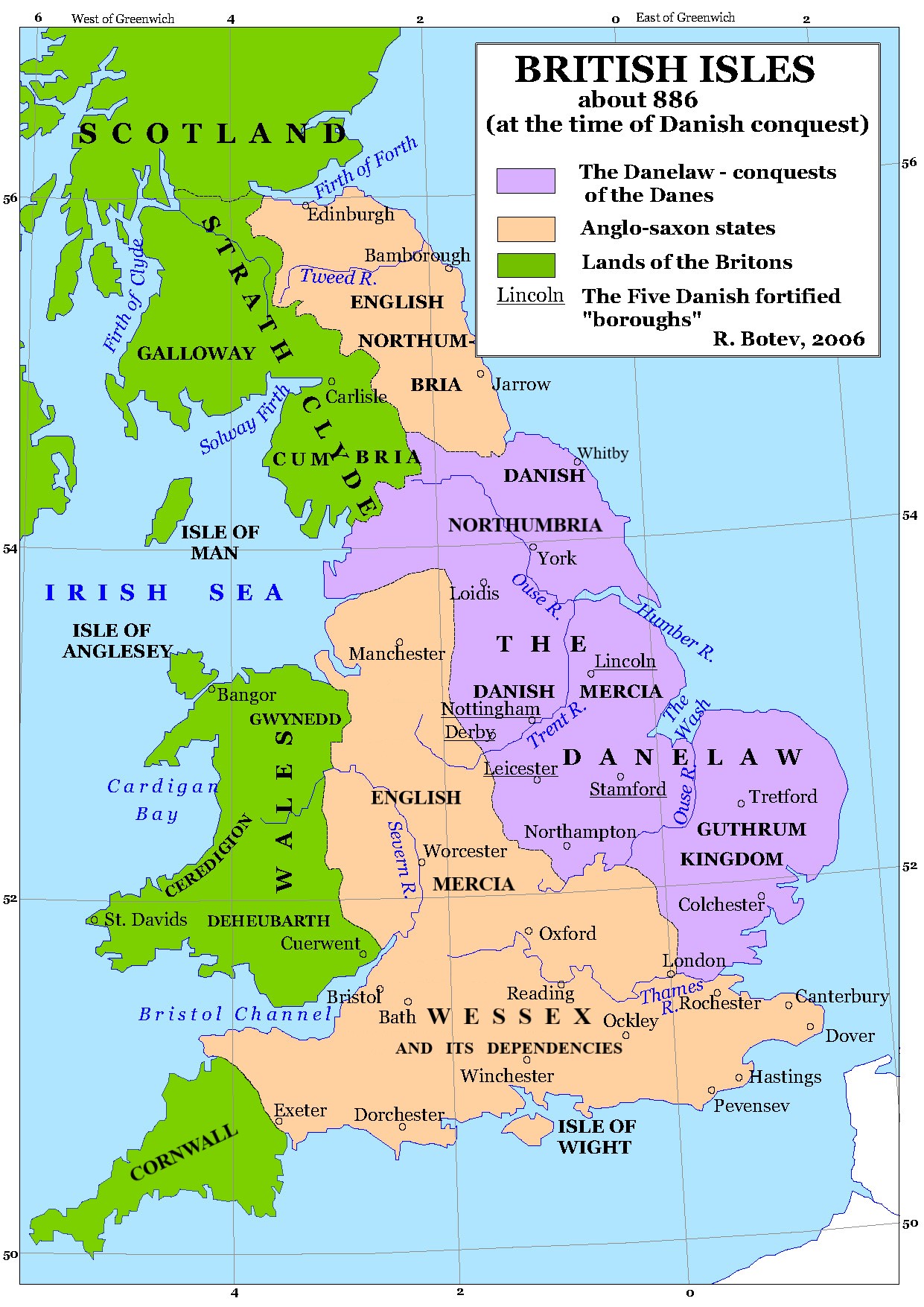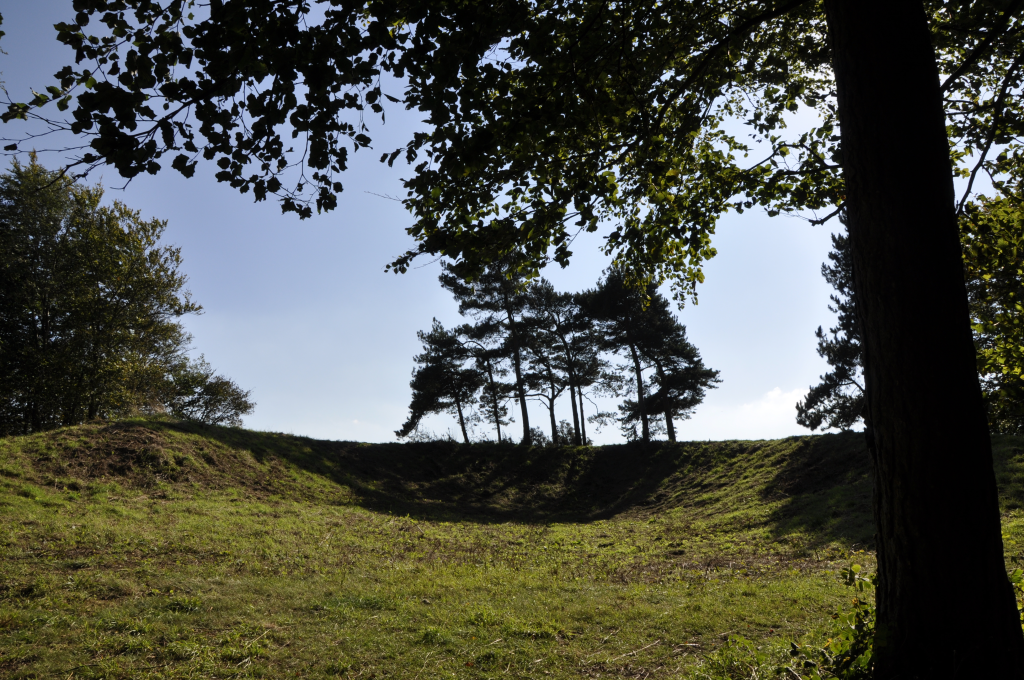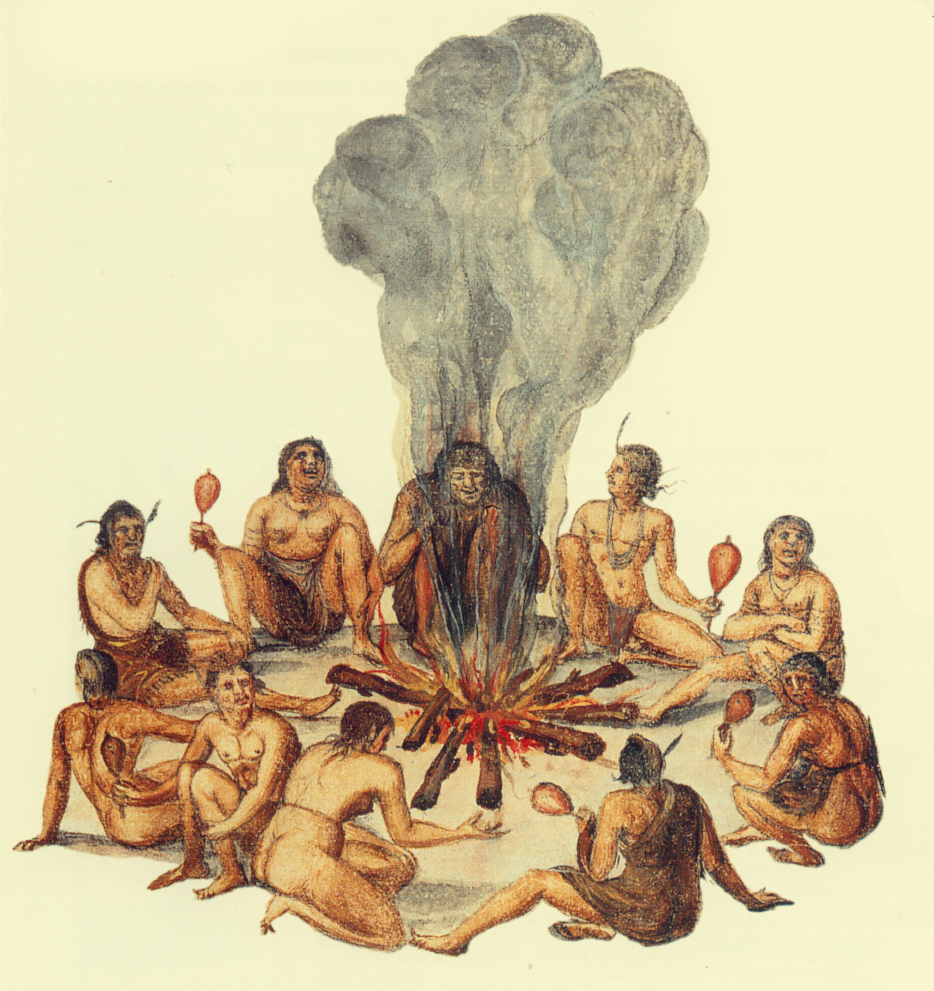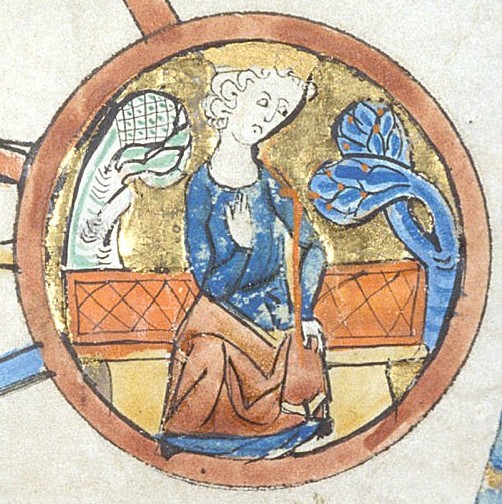|
Domboc
The Doom Book, ''Dōmbōc'', Code of Alfred or Legal Code of Ælfred the Great was the code of laws ("dooms" being laws or judgments) compiled by Alfred the Great ( 893 AD). Alfred codified three prior Anglo-Saxons, Saxon codes – those of Æthelberht of Kent ( 602 AD), Ine of Wessex ( 694 AD) and Offa of Mercia ( 786 AD) – to which he prefixed a modified version of the Ten Commandments of Moses and incorporated rules of life from the Mosaic Code and the Christian code of ethics. Contents The title ''Doom Book'' (Old English ''dōm-bōc'') comes from the Old English word ''dōm'' meaning ''judgment'' or ''law'' – as in Alfred's admonishment to "Doom very evenly! Do not doom one doom to the rich; another to the poor! Nor doom one doom to your friend; another to your foe!" This reflects 613 Mitzvot, Mosaic Law, which says "You shall do no injustice in judgment! You shall not be partial to the poor; nor defer to the great! But you are to judge you ... [...More Info...] [...Related Items...] OR: [Wikipedia] [Google] [Baidu] |
Alfred The Great
Alfred the Great ( ; – 26 October 899) was King of the West Saxons from 871 to 886, and King of the Anglo-Saxons from 886 until his death in 899. He was the youngest son of King Æthelwulf and his first wife Osburh, who both died when Alfred was young. Three of Alfred's brothers, Æthelbald, King of Wessex, Æthelbald, Æthelberht, King of Wessex, Æthelberht and Æthelred I of Wessex, Æthelred, reigned in turn before him. Under Alfred's rule, considerable administrative and military reforms were introduced, prompting lasting change in England. After ascending the throne, Alfred spent several years fighting Viking invasions. He won a decisive victory in the Battle of Edington in 878 and made an agreement with the Vikings, dividing England between Anglo-Saxon territory and the Viking-ruled Danelaw, composed of Scandinavian York, the north-east Midlands and East Anglia. Alfred also oversaw the conversion of Viking leader Guthrum to Christianity. He defended his kingdom again ... [...More Info...] [...Related Items...] OR: [Wikipedia] [Google] [Baidu] |
Textus Roffensis
The (Latin for "The Tome of Rochester Cathedral, Rochester"), fully titled the ''Textus de Ecclesia Roffensi per Ernulphum episcopum'' ("The Tome of the Rochester Cathedral, Church of Rochester up to Ernulf, Bishop Ernulf") and sometimes also known as the Annals of Rochester, is a mediaeval manuscript that consists of two separate works written between 1122 and 1124. It is catalogued as "Rochester Cathedral Library, MS A.3.5" and is currently on display in a new exhibition at Rochester Cathedral in Rochester, Kent. It is thought that the main text of both manuscripts was written by a single scribe, although the English glosses to the two Latin entries (items 23 and 24 in table below) were made by a second hand. The annotations might indicate that the manuscript was consulted in some post-Conquest trials. However, the glosses are very sparse and just clarify a few uncertain terms. For example, the entry on f. 67r merely explains that the is called in English, ''ofraceth ordel ... [...More Info...] [...Related Items...] OR: [Wikipedia] [Google] [Baidu] |
Quadripartitus
The title ''Quadripartitus'' refers to an extensive legal collection compiled during the reign of Henry I, king of England (1100–1135).Wormald, ''Making of English law'', p. 236 The work consists of Anglo-Saxon legal materials in Latin translation as well as a number of Latin texts of legal interest that were produced after the Conquest. It ranks as the largest surviving medieval collection of pre-Conquest law and is the second to have been produced during Henry I's reign, after that contained in Cambridge, Corpus Christi College MS 383. First compiled for the use of Henry I's jurists and administrators, the ''Quadripartitus'' enjoyed immense interest for a considerable time afterwards and was consulted by legal scholars, including Henry de Bracton in the thirteenth century and John Fortescue in the fifteenth. Manuscripts No original manuscript is extant, but copies survive in six classes of manuscripts: :1. BL, Cotton MS Domitian viii, fos. 96r-110v. Incomplete. The manus ... [...More Info...] [...Related Items...] OR: [Wikipedia] [Google] [Baidu] |
Niall Ferguson
Sir Niall Campbell Ferguson, ( ; born 18 April 1964)Biography Niall Ferguson is a British-American historian who is the Milbank Family Senior Fellow at the Hoover Institution and a senior fellow at the Belfer Center for Science and International Affairs at Harvard University. Previously, he was a professor at Harvard University, the London School of Economics, New York University, a visiting professor at the New College of the Humanities, and a senior research fellow at Jesus College, Oxford. He was a Visiting scholar, visiting lecturer at the London School of Economics for the 2023/2024 academic year and at Tsinghua University in China from 2019 to 2020. He is a co-founder of the University of Austin. Ferguson writes and lectures on World history (field), international history, econo ... [...More Info...] [...Related Items...] OR: [Wikipedia] [Google] [Baidu] |
9th Century In England
Events from the 9th century in England. Events * 801 ** Northumbrian invasion of Mercia fails. * 802 ** Ecgberht becomes King of Wessex following the death of Beorhtric. * 803 ** Council of Clofeshoh abolishes the Archbishopric of Lichfield. * 805 ** 12 May – death of Æthelhard, Archbishop of Canterbury. ** 3 August – enthronement of Wulfred as Archbishop of Canterbury. * 806 ** Eardwulf of Northumbria is deposed and apparently succeeded by Ælfwald II. In 808 Eardwulf perhaps returns to the throne for an uncertain period. * 815 ** Ecgberht of Wessex harries Cornwall.'' Annales Cambriae''. * 816 ** Saxons invade the mountains of Eryri and the kingdom of Rhufoniog. * 818 ** King Coenwulf of Mercia devastates Dyfed. * 821 ** Wulfred, Archbishop of Canterbury, submits to Coenwulf of Mercia in a dispute over Church lands. ** King Coenwulf of Mercia dies at Basingwerk near Holywell, Flintshire, probably while preparing a campaign against the Welsh. Succession is disputed ... [...More Info...] [...Related Items...] OR: [Wikipedia] [Google] [Baidu] |
Old English Literature
Old English literature refers to poetry (alliterative verse) and prose written in Old English in early medieval England, from the 7th century to the decades after the Norman Conquest of 1066, a period often termed Anglo-Saxon England. The 7th-century work '' Cædmon's Hymn'' is often considered as the oldest surviving poem in English, as it appears in an 8th-century copy of Bede's text, the '' Ecclesiastical History of the English People''. Poetry written in the mid 12th century represents some of the latest post-Norman examples of Old English. Adherence to the grammatical rules of Old English is largely inconsistent in 12th-century work, and by the 13th century the grammar and syntax of Old English had almost completely deteriorated, giving way to the much larger Middle English corpus of literature. In descending order of quantity, Old English literature consists of: sermons and saints' lives; biblical translations; translated Latin works of the early Church Fathers; chronicl ... [...More Info...] [...Related Items...] OR: [Wikipedia] [Google] [Baidu] |
Anglo-Saxon Law
Anglo-Saxon law (, later ; , ) was the legal system of Anglo-Saxon England from the 6th century until the Norman Conquest of 1066. It was a form of Germanic law based on unwritten custom known as folk-right and on written laws enacted by History of monarchy in the United Kingdom#Anglo-Saxon period (800s–1066), kings with the advice of their witan or council. By the later Anglo-Saxon period, a system of courts had developed to administer the law, while enforcement was the responsibility of ealdormen and royal officials such as sheriffs, in addition to self-policing () by local communities. Originally, each Anglo-Saxon kingdom had its own laws. As a result of Viking invasions and settlement, the Danelaw followed Medieval Scandinavian law, Scandinavian laws. In the 10th century, a unified Kingdom of England was created with a single Anglo-Saxon government; however, different regions continued to follow their customary legal systems. The last Anglo-Saxon law codes were enacted i ... [...More Info...] [...Related Items...] OR: [Wikipedia] [Google] [Baidu] |
North Carolina
North Carolina ( ) is a U.S. state, state in the Southeastern United States, Southeastern region of the United States. It is bordered by Virginia to the north, the Atlantic Ocean to the east, South Carolina to the south, Georgia (U.S. state), Georgia to the southwest, and Tennessee to the west. The state is the List of U.S. states and territories by area, 28th-largest and List of U.S. states and territories by population, 9th-most populous of the List of states and territories of the United States, United States. Along with South Carolina, it makes up the Carolinas region of the East Coast of the United States, East Coast. At the 2020 United States census, 2020 census, the state had a population of 10,439,388. Raleigh, North Carolina, Raleigh is the state's List of capitals in the United States, capital and Charlotte, North Carolina, Charlotte is its List of municipalities in North Carolina, most populous and one of the fastest growing cities in the United States. The Char ... [...More Info...] [...Related Items...] OR: [Wikipedia] [Google] [Baidu] |
Henry I Of England
Henry I ( – 1 December 1135), also known as Henry Beauclerc, was King of England from 1100 to his death in 1135. He was the fourth son of William the Conqueror and was educated in Latin and the liberal arts. On William's death in 1087, Henry's elder brothers Robert Curthose and William Rufus inherited Duchy of Normandy, Normandy and England, respectively; Henry was left landless. He purchased the County of Cotentin in western Normandy from Robert, but his brothers deposed him in 1091. He gradually rebuilt his power base in the Cotentin and allied himself with William Rufus against Robert. Present in England with his brother William when William died in a hunting accident, Henry seized the English throne, promising at his coronation to correct many of William's less popular policies. He married Matilda of Scotland and they had two surviving children, Empress Matilda and William Adelin; he also had many illegitimate children by his numerous mistresses. Robert, who invaded from ... [...More Info...] [...Related Items...] OR: [Wikipedia] [Google] [Baidu] |
Instituta Cnuti
The ''Instituta Cnuti'', in full ''Instituta Cnuti aliorumque regum Anglorum'' (''Institutes of Cnut and other kings of the English''), is a legal compilation that cites, in Latin translation, selected material of Old English law. It was put together by an Anglo-Norman cleric, possibly at Worcester, sometime after the Conquest, between 1066 and 1124. Contents The work consists of three sections. The first two contain passages from Cnut's two law codes (''I Cnut'' and ''II Cnut''), occasionally with amendments by the compiler to suit contemporary circumstances. The last section has material excerpted from the laws of Ine, Alfred, and Edgar (''II Edgar''), as well as unofficial legal tracts associated with Wulfstan, Archbishop of York, like '' Geþyncðu''. The selection shows that the translator took particular interest in (secular) Danelaw. The ''Instituta'' may be compared to the '' Consiliatio Cnuti'', which offers a near-complete Latin translation of Cnut's legislation. ... [...More Info...] [...Related Items...] OR: [Wikipedia] [Google] [Baidu] |
